Introduction
The offered video offers children some simple tasks to learn how to count and associate specific objects with numbers. Simply and playfully, a narrator presents situations, such as rain, or a hen with eggs, that provide young learners with an opportunity to count and improve their skills. The suggested scenarios are clear and amusing for the audience as they are designed considering age peculiarities and the interests of children. The diversity of situations also helps to preserve the level of interest and guarantees children will engage in the activity, assisting them in acquiring new skills.
Examples
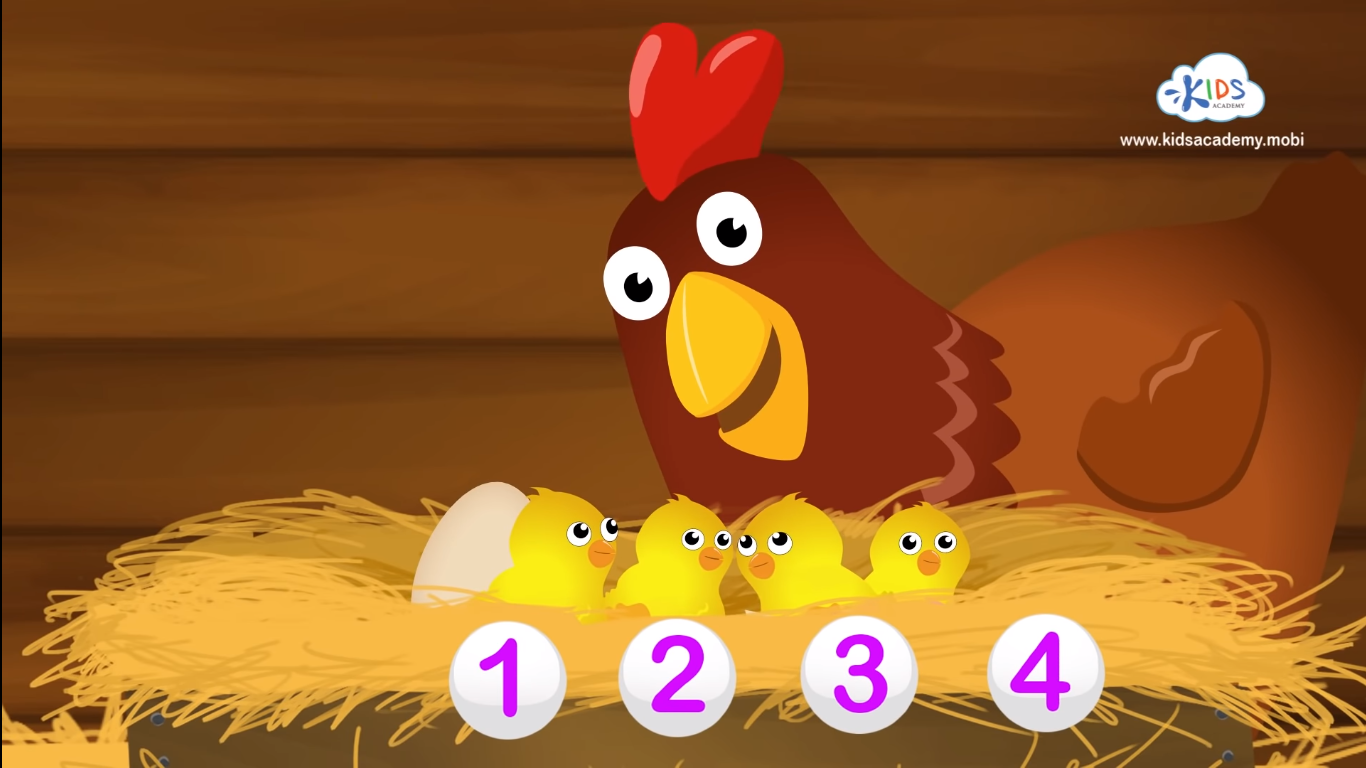
The first counting principle focuses on stable order as the basics of counting. A child should understand the verbal sequence of counting and pronouns all names in sequential order (Cole, 2017). The presented example offers an opportunity to count eggs using numbers in the correct sequence. In such a way, the first counting principle is applicable to the situation. Children can realize the order of numbers, how to use them, and the correct way of using them. This concept is basic for further learning and creates the basis for a successful transition to other stages.
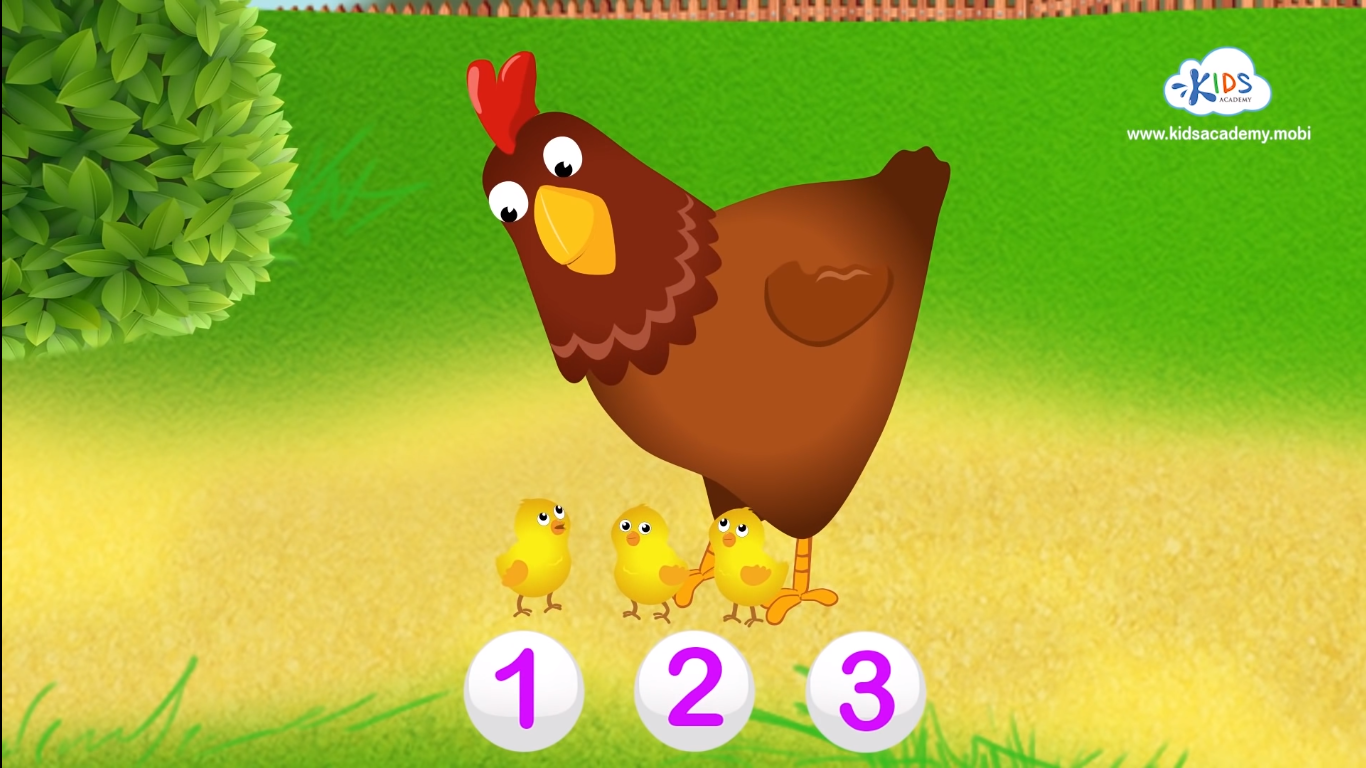
One-to-One correspondence is another basic principle of counting also used in the selected video. It presupposes that by naming some things in sequence, a person gives them numbers (Cole, 2017). In other words, each object acquires one count, and it is impossible to count it again. This understanding is critical for the development of the skill. In the example, chickens appear in a different order, and for a child, it is vital to count them, not including the previous ones in the final result. This exercise will help to understand the idea of correspondence and that counting demands attention as previously mentioned things, or objects, should not appear again and influence calculations.

The cardinality principle is another concept that can be found in the selected video. It presupposes that the quantity of the whole set of objects is determined by the last number pronounced when counting (Cole, 2017). For a child, it is vital to understand that he/she can realize the number of objects given them numbers and remember the last one. In the video, the example offers a child to count apples in each box. It presupposes that a viewer should use the last number spoken to determine the final quantity of objects and remember them. This example promotes a better comprehension of how to define the real number and use it.
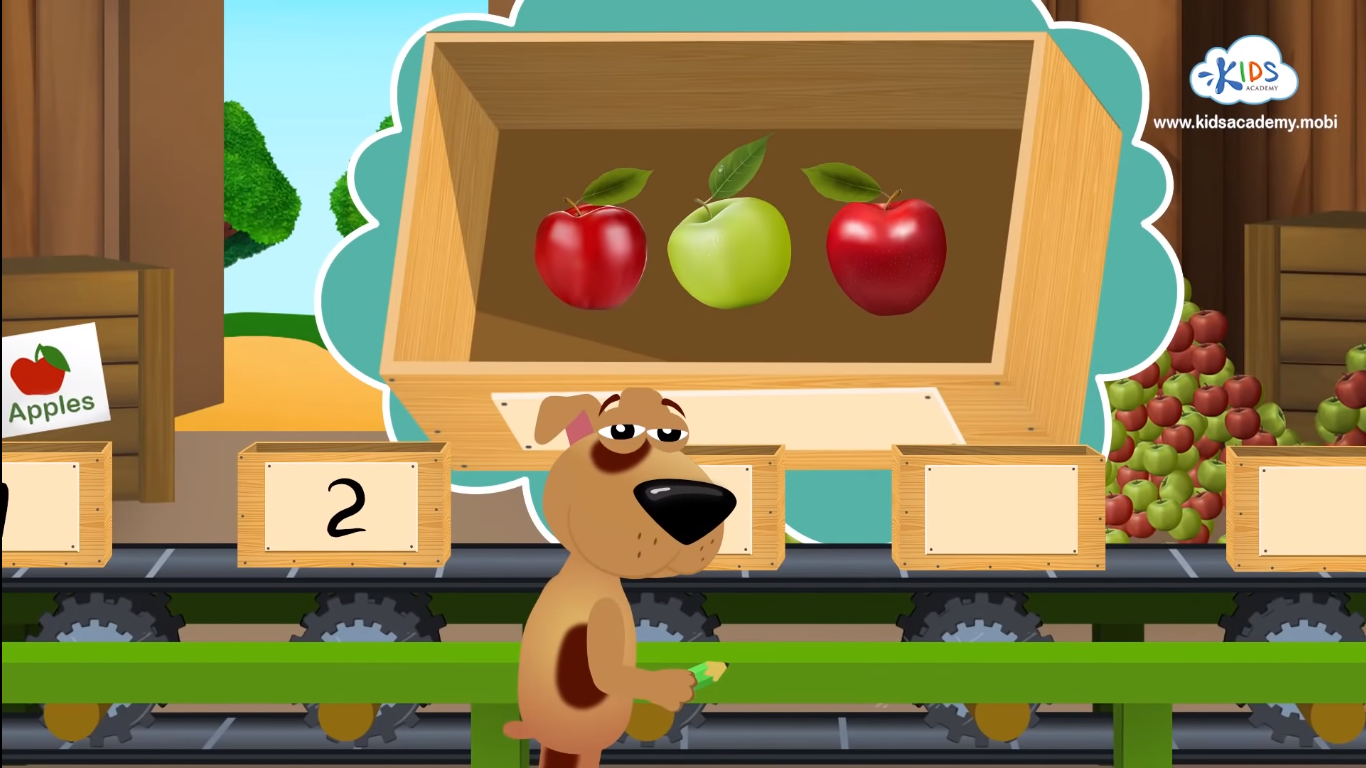
The principle of abstraction is also used in the analyzed movie to teach young learners. It presupposes that the nature of objects does not influence the count, and it always remains the same (Cole, 2017). In other words, color, shape, and size are not significant for determining the number of things. The proposed example asks a child to count apples of different colors. It means that a young learner should understand that this factor does not influence the final result as even a green fruit should be included in a count and given a number. Otherwise, results will be incorrect, and a mistake will occur.
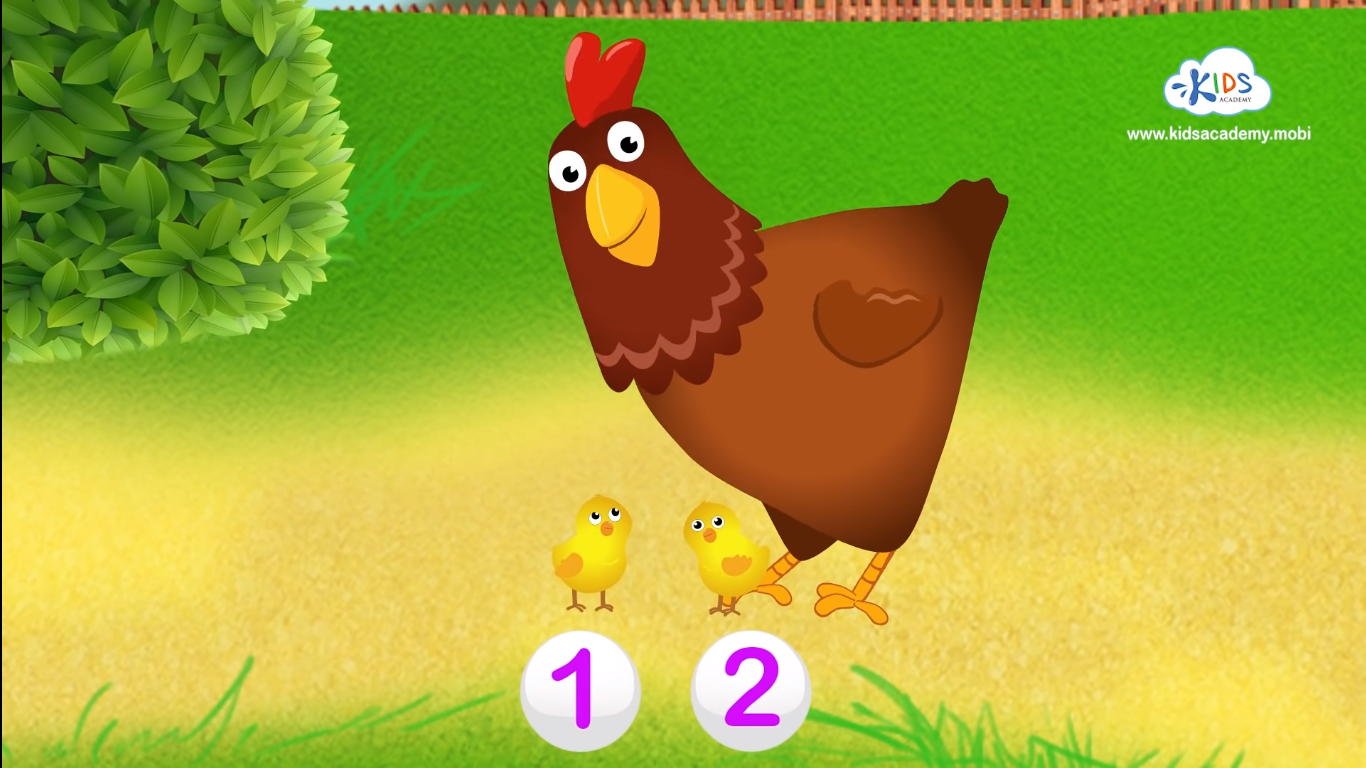
The fifth example revolves around the idea of order irrelevance. It states that objects can be counted in different ways, left-to-right, right-to-left, or in a random manner, as it does not influence the result (Cole, 2017). The only thing is to ensure all elements are counted only one time. In the movie, chickens appear from different directions are move in different ways. However, a child should realize that it does not matter as their number remains the same. This idea is vital for developing the ability to count and use abstract thinking to determine the number of objects and use it in the next sessions.
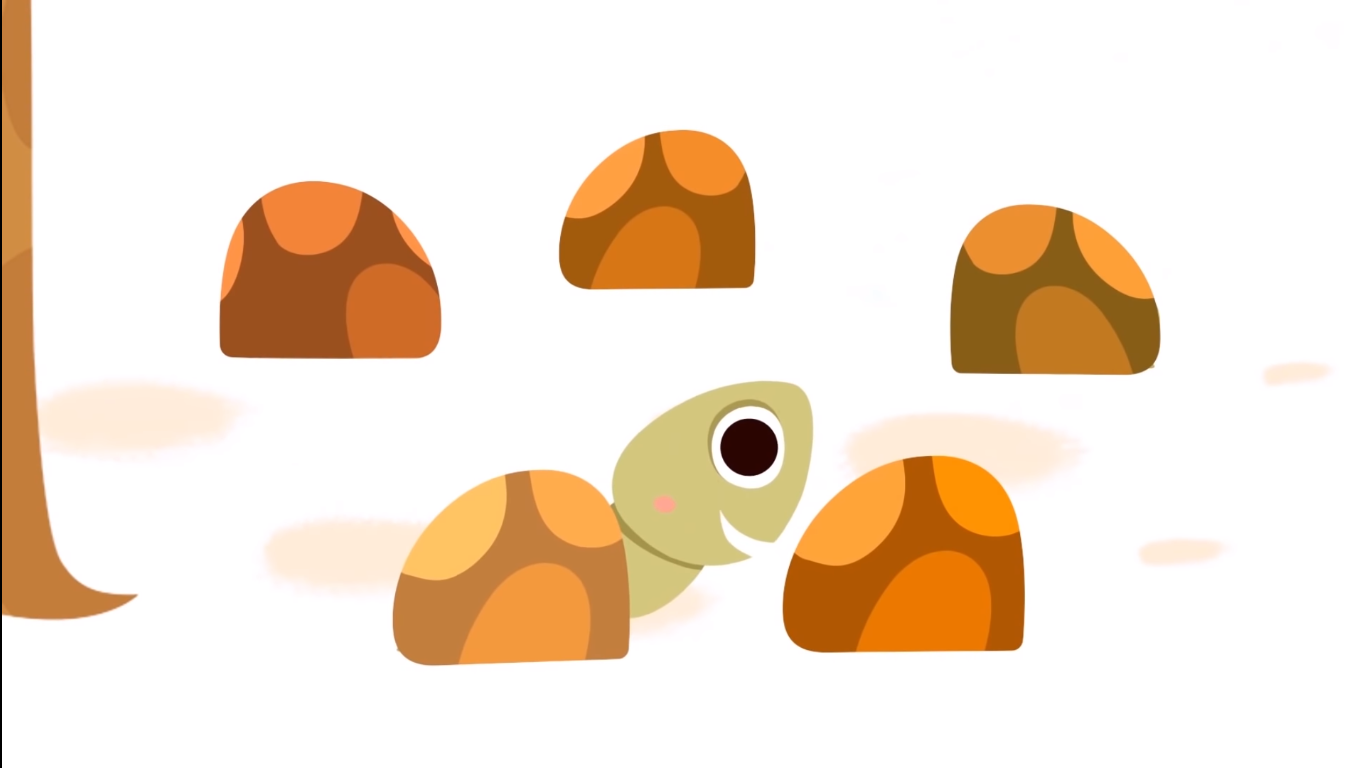
Finally, the video incorporates Piaget’s concept of conservation as another necessary element of teaching children to use numbers It states that a quantity does not change if it is altered in different ways, such as stretching, replacing, or elongating (Team Lovevery, n.d.). For a young learner, it can be confusing as the shape and the visual image change, so it is essential to ensure he/she realizes that the count remains the same. In the video, a child should count turtles, but only shells are seen. Then, he/she can see the whole animal, but their final number does not alter. It helps to develop the idea of conservation in a learner.
Conclusion
Altogether, the offered movie rests on the five basic principles of counting and includes Piaget’s idea about the stable quality of elements. It is vital to focus on these elements as they are critical for the improved understanding of how to determine the number of objects and count them. Children should be ready to engage in the learning activity and acquire the basic knowledge of these concepts to overcome difficulties with counting. Using videos similar to the analyzed one, it is possible to help learners to understand how to determine the number of objects and move to a new stage.
References
Cole, C. (2017). 5 Counting principles every preschooler needs to know. side by side. Web.
Kids Academy. (n.d.). Learn numbers up to 20 for preschool and kindergarten | Counting for kids | Kids Academy [Video]. YouTube. Web.
Team Lovevery. (n.d.). The 7 conservation activities that can help your child with math and more. Web.
